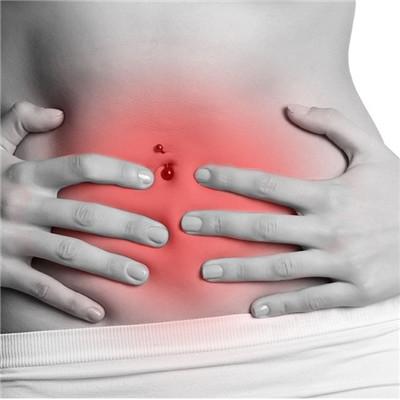What are the symptoms of intestinal obstruction?
summary
What is intestinal obstruction? Literally speaking, intestinal infarction and obstruction occur. Usually, we understand it in this way, but the definition of intestinal obstruction is: obstruction of intestinal contents caused by any reason is called intestinal obstruction. What are the symptoms of intestinal obstruction? Let's talk about it.
What are the symptoms of intestinal obstruction?
1. Abdominal pain the abdominal pain of intestinal obstruction is paroxysmal colic, the pain is mostly in the middle of the abdomen, but also in the location of obstruction. Abdominal attacks may be accompanied by bowel sounds, conscious of "gas block" in the abdomen, and blocked in a certain part. Sometimes, intestinal type and peristaltic wave can be seen. Auscultation for continuous high pitched bowel sounds, or gas over water sound or metal sound. If the interval of abdominal pain continues to shorten and becomes severe persistent abdominal pain, we should be alert to strangulated intestinal obstruction.

2. Vomiting of intestinal obstruction is reflexive, and the vomit is usually food or gastric juice. Eating or drinking water can cause vomiting. After that, vomiting varies with the location of obstruction. Generally, the higher the location of obstruction, the earlier and more frequent vomiting occurs. Vomiting was frequent in high intestinal obstruction, and the main contents of vomiting were stomach and duodenum. In low intestinal obstruction, vomiting appeared later and less, and the vomit could be fecal. When colon obstruction occurs, vomiting does not appear until later stage. If the vomit is brown or bloody, it is the manifestation of intestinal blood supply disorder. When paralytic ileus, vomiting is usually overflow.

3. Abdominal distension usually appears after abdominal pain, and its degree is related to the location of obstruction. The abdominal distension of high intestinal obstruction is not obvious, but sometimes gastric type can be seen. The abdominal distension of low intestinal obstruction and paralytic intestinal obstruction was significant, which spread throughout the whole abdomen. In the case of colonic obstruction, if the echo valve is well closed and the colon above the obstruction can form a closed loop, the periabdominal expansion is significant. The uneven and symmetrical abdominal eminence is the characteristic of closed loop intestinal obstruction such as volvulus.

matters needing attention
1. Patients with abdominal wall hernia should be treated in time to avoid intestinal obstruction caused by incarceration and strangulation. 2. Strengthen health publicity and education, and develop good health habits. Prevention and treatment of intestinal ascariasis. 3. After major abdominal surgery and peritonitis patients should be well gastrointestinal decompression, operation should be gentle, try to reduce or avoid abdominal infection. 4. Early detection and treatment of intestinal tumors. 5. Early activity after abdominal operation.












